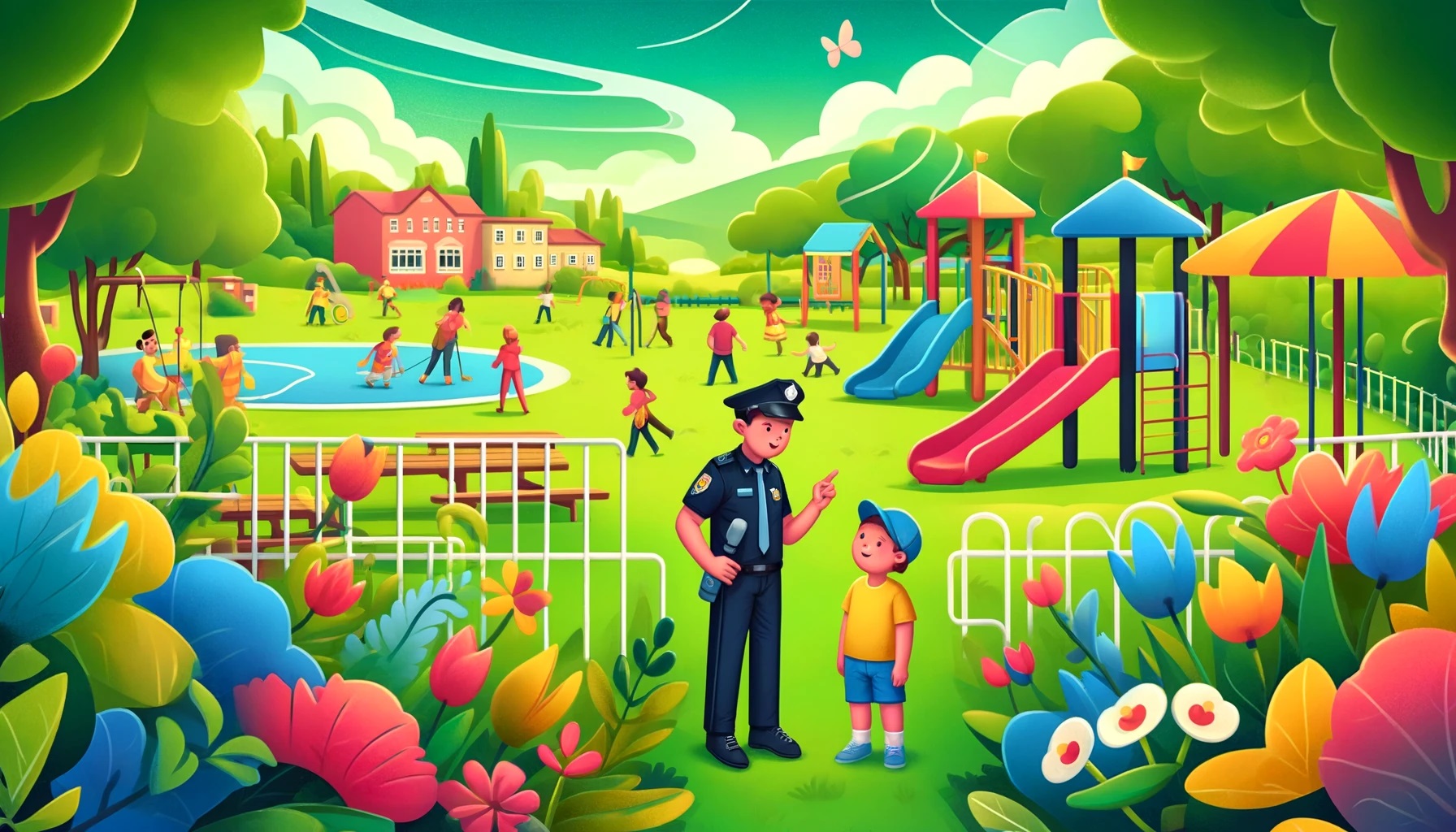Raising children in an increasingly complex world requires parents to provide them with the necessary tools to safely handle various situations, especially when it comes to dealing with strangers and reporting challenges they may face at school. Here are some tips and strategies that can help teach children how to protect themselves and communicate effectively with their parents.
1. Introducing the Concept of a Stranger
Start by teaching your child what a stranger is—someone neither they nor their family members know well. It's important for the child to understand that not all strangers are dangerous, but it's always crucial to be cautious when dealing with an unfamiliar person.
Example One: In a recent incident, an eight-year-old boy managed to avoid a dangerous situation when a stranger approached him at the front door of their home, claiming to be a friend of his father and wanting to buy him chips and sweets from the grocery. The child, who had been trained not to open the door to strangers, immediately closed the door and informed his parents.
Example Two: A ten-year-old girl faced an attempted abduction by a stranger in a public park. The girl, taught by her parents the importance of not going with strangers, refused his offer to buy sweets and immediately ran to the security guard present in the park for help.
2. Setting Rules for Dealing with Strangers
Explain to your child that they should never go with strangers, accept anything from them, or follow them anywhere. Reinforce these rules through practical exercises and ongoing discussions.
3. Strengthening Trust Between Child and Parents
Encourage your child to feel comfortable discussing their day and any challenges they may have faced, whether with strangers or even with friends or teachers. Keeping communication channels open and actively listening increases the likelihood that your child will inform you about any problems or serious challenges they encounter.
4. Training the Child on How to Seek Help
Teach your child how to recognize safe people, such as police officers, teachers, or relatives, and how they can ask for help when needed. This skill can be reinforced through interactive games and stories.
5. Practicing Scenarios
Conduct regular exercises with your child where you narrate different scenarios they might encounter. Ask your child how they would act in each scenario and discuss safe options with them.
Scenario Example: Playing in the Park
Situation: Imagine you are playing in the park near your home, and a woman you do not know approaches you. She tells you she is a friend of your mother and asks you to accompany her to her car because your mother is waiting somewhere.
Questions for the Child:
- What would you do in this situation?
- Would you go with this woman to the car? Why?
- If you felt worried or scared, what steps would you take?
Discussion with the Child:
- Explain the importance of not going with strangers regardless of what they say.
- Emphasize that they should never go with anyone without clear permission from the parents.
- Teach the child how to seek help from a trusted adult in the park, such as a play monitor, return directly home, or contact one of the parents.
Safe Options:
- Politely tell the woman that you cannot go with anyone without permission from your parents.
- Find a monitor or another trusted adult in the park and inform them of what happened.
- Use a mobile phone if you have one to contact your parents and inform them of what is happening.
Exercises like this help the child think about their reactions and teach them how to respond safely in situations they may face without direct supervision from adults.
6. Using Books and Educational Materials
There are many books and educational programs that address topics such as safety and how to deal with strangers. Use these resources to explain concepts in a fun and understandable way.
Conclusion
Teaching your child how to deal with strangers and report challenges at school is an essential part of their personal safety education. Through continuous dialogue and practical training, you can help your child build confidence and feel secure in their environment.



